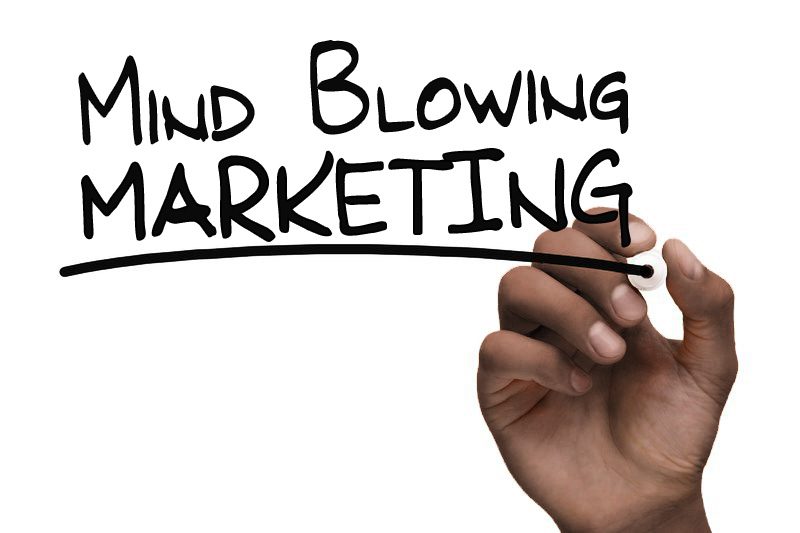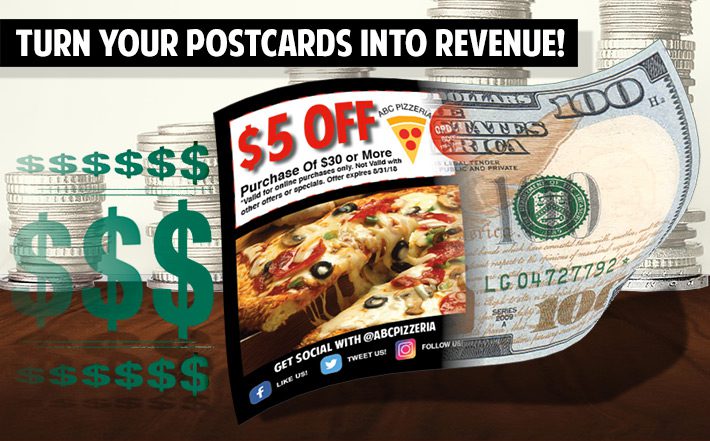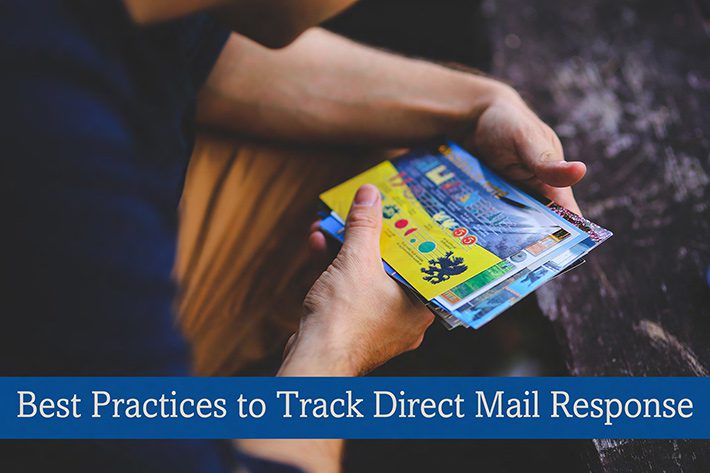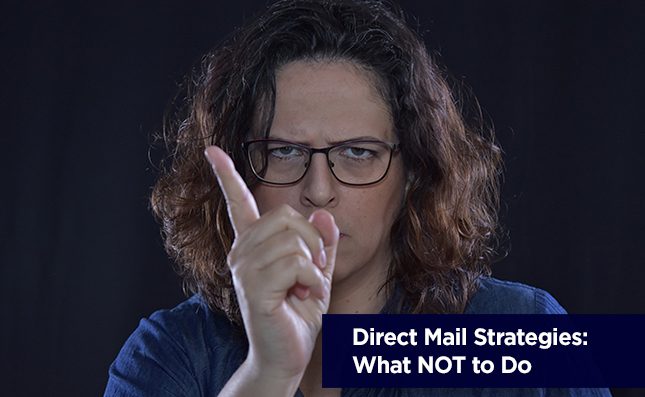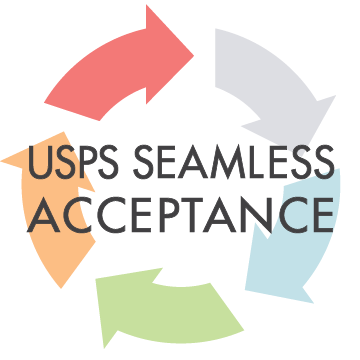The world of direct mail can sometimes be tricky to navigate. While trying to remember all of the goals you have in mind, and everything you need to do to accomplish them, it can be hard to keep in mind what NOT to do. Lucky for you, we’ve compiled a list of 10 things NOT to do when using direct mail.
1. Don’t make your message hard to read.
Of course you want to have an eye-catching design to capture the interest of potential customers, but if they can’t read the information it becomes pointless. Many people make the mistake of choosing a “fun”, whimsical font. While this may be okay for one or two words, you certainly don’t want to use it for the entire text. It is important to choose a font that is easily legible. While we are on the subject of legibility, please proofread! A glaring typo or weird formatting issue will not only make your message harder to understand, but it will also look like you don’t know what you’re doing or simply don’t care. If you can’t make sure your own advertisement is 100% flawless, why would someone trust you to do something for them? You also don’t want to include too much copy. No one wants to read a wall of text on their mail. Try to keep it simple, using only the necessary information. If a potential customer has to spend an ounce of energy trying to decipher what the message is, they are just going to lose interest and throw it away. Let your overall design and imagery do the attention-grabbing.
2. Don’t lie.
You should never lie or “stretch the truth” in your direct mail. You want to make sure you can actually fulfill the promises you have offered. You may still make the sale on a technicality, but you won’t keep them as a repeat customer that way. Overselling yourself is also a great way to ruin your reputation in the long run. Another important thing to note is to verify that your disclaimers are correct and include as many details as possible. You don’t want to end up losing hundreds of thousands of dollars because you forgot to type the correct amount of asterisks.
3. Don’t use out-dated data.
Old data is no longer good data. People move, businesses transform, and circumstances change. You can either clean up the list you already have or purchase a new list, but either way you need to make sure the information you have is correct and up-to-date. Sending mail to people who no longer live at that address, or a business that no longer exists, is simply a waste of money. If your data is more than 3 years old without ever being refreshed, don’t use it. Advertising a product directed towards the mother of a newborn isn’t going to be effective if it’s now being sent to the mother of a 5 year old.
4. Don’t forget to include a Call-to-Action.
You are sending out direct mail because you want the people receiving it to do something. Be sure to let them know what exactly it is you’d like them to do. Be clear and concise, make it clear what they should do, how they should do it, and when they should do it. For example, “Sign up for this free trial by calling within the next 5 days!” By the time a prospective client is finished reading your piece, they should have a clear idea of what exactly to do. They should also have a sense of urgency to do so. Be sure to have a deadline for them to get whatever you are offering, so they feel they have to “act now” before they lose their opportunity.
5. Don’t focus on just the features.
You may be excited to share all of the features of your newest product or service, but honestly no one cares. What they do care about is how these features can benefit them. Instead of listing all of the services that are included in your monthly lawn care treatment, list why someone would benefit from having this service. For example, “Let us rake, mow, and weed your yard so you can enjoy your weekends with your family!”
6. Don’t ignore the benefits of tracking.
So you send out a few direct mail pieces and business is booming, great! But what piece of the puzzle was most instrumental at bringing in business? Was it one specific design that was more eye-catching, or was it that the list was better targeted for your desired audience? To be able to know the answers to these questions, you’ll want to employ some sort of tracking. An easy way to do this is by using a specific, different coupon code for each new direct mail piece. This way you can track which coupon codes brought in more business, and further analyze the data about what was different with this direct mail piece. If you notice that one of your coupon codes didn’t seem to bring in as much business, analyze the data. Did you try a different data list to send this piece to? Did you try a different discount? Was this design different than your standard? Figure out what works and what doesn’t work this way. Tracking your customers is also a way to keep up with new customers. Once you know who’s attention you’ve grabbed–you can keep it!
7. Don’t be impersonal.
Everyone likes feeling like they are special. Avoid using general statements, and try to make your piece appeal directly to your audience. A great way to do this is by using variable data within your piece. Using variable data, you can put in the customer’s name and other information you may know about them that way it feels like you designed this piece just for them! Being more personal and friendly establishes a relationship with the customer that makes them feel like you care about them, and will make them more likely to want to work with you.
8. Don’t forget to include a compelling offer.
You have to convince people why they should be interested in what you are selling, and why they should be interested now. The best way to do this is to give them some incentive with a special deal, coupon, discount, or bonus–with an expiration date of course. It’s great to give them the information about your product or service, but that is only half the battle. Giving them a reason to purchase your product/service by making them feel like they’ll be missing out on a great opportunity if they don’t, tends to be a great strategy.
9. Don’t focus solely on the design.
Of course you want to make your piece eye-catching to grab the attention of potential customers, but you have to make sure you’re getting your message to the correct people to begin with. The tried-and-true method of marketing known as the 40/40/20 rule says that 40% of your success will come from how effective your mailing list is, 40% will be decided by how compelling your offer is, and only 20% of your success will be determined from everything else–including your design, body copy, imagery, and delivery method. While having an amazing design is important, it doesn’t matter how eye-catching it is if it’s not getting to the people who would be interested in your product.
10. Don’t keep doing the same old thing.
Our last tip is to experiment! Change your offer, change your design, change your mailing list, and refer back to tip #6 to track which of these changes seems to work best for you. It is important to remember that you’re going to have to keep changing also. Just because your direct mail piece was a hit the first time you sent it out doesn’t mean it will have the same results the tenth time around. Times change, people change, competition changes. Try new formats, offer new specials, even something as simple as a headline change can attract a different customer. Do everything you can to keep changing and you will continue to grow as a business.
